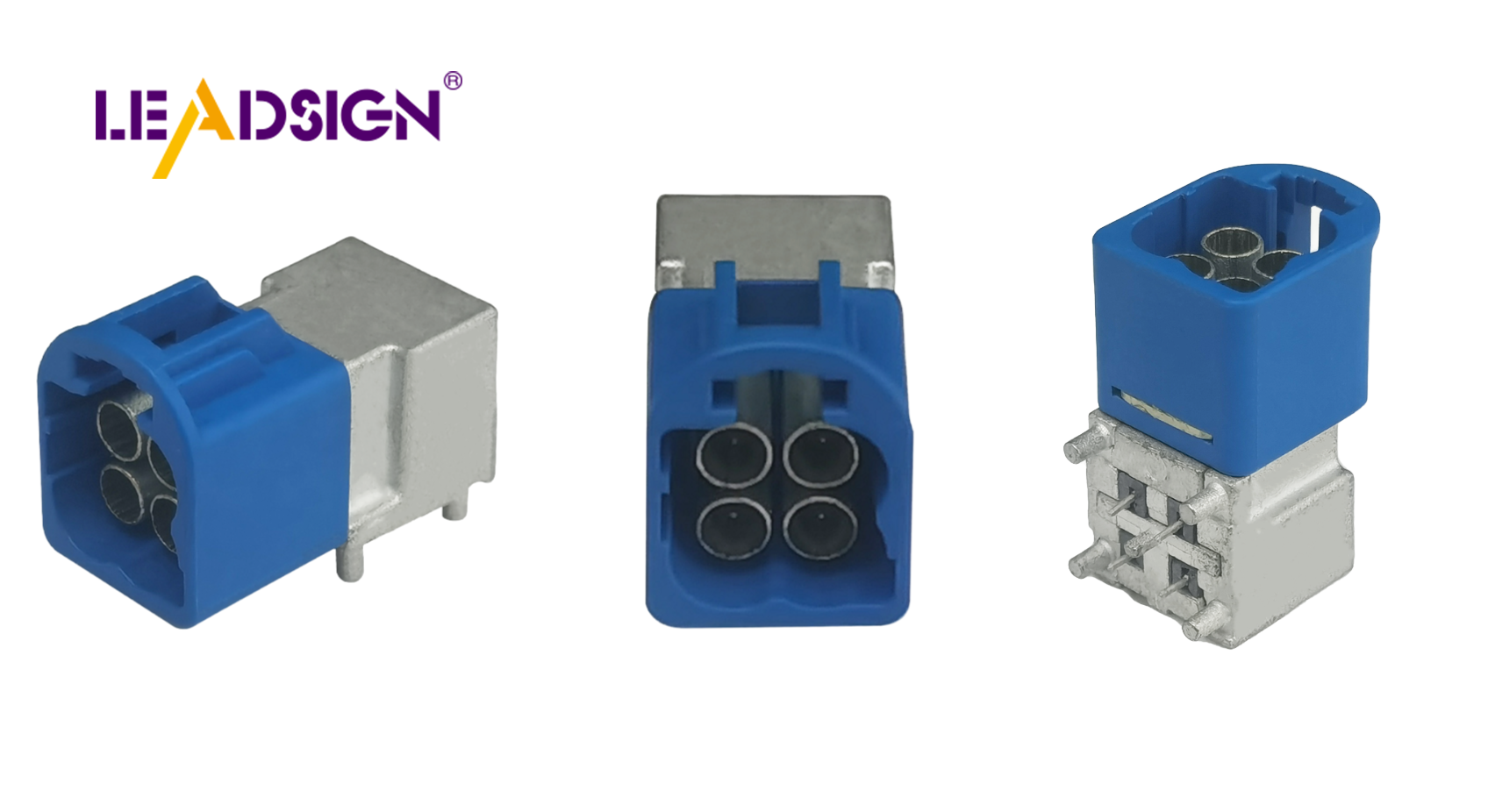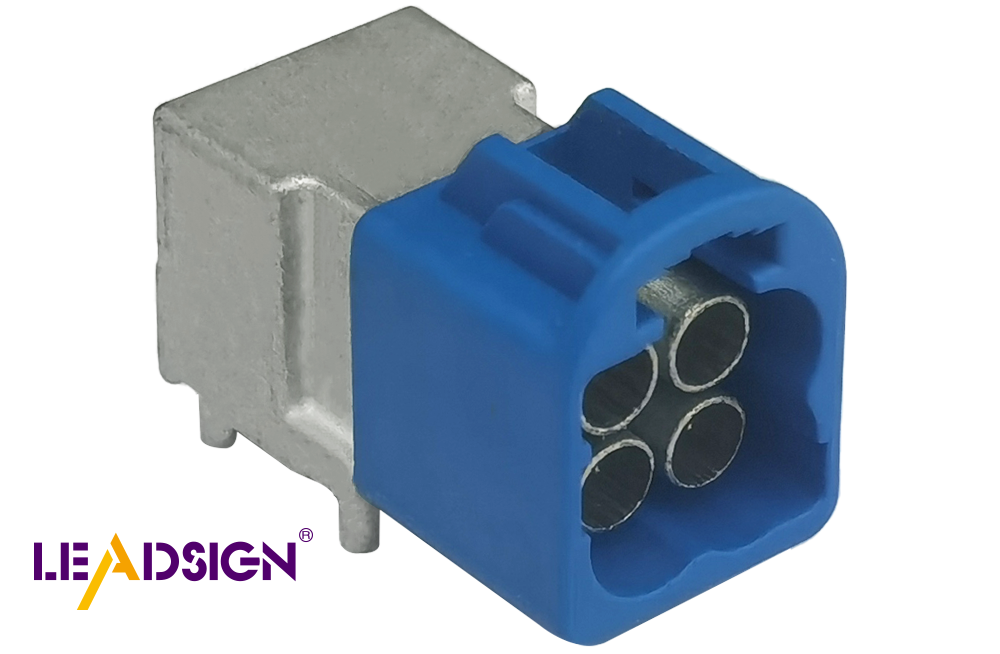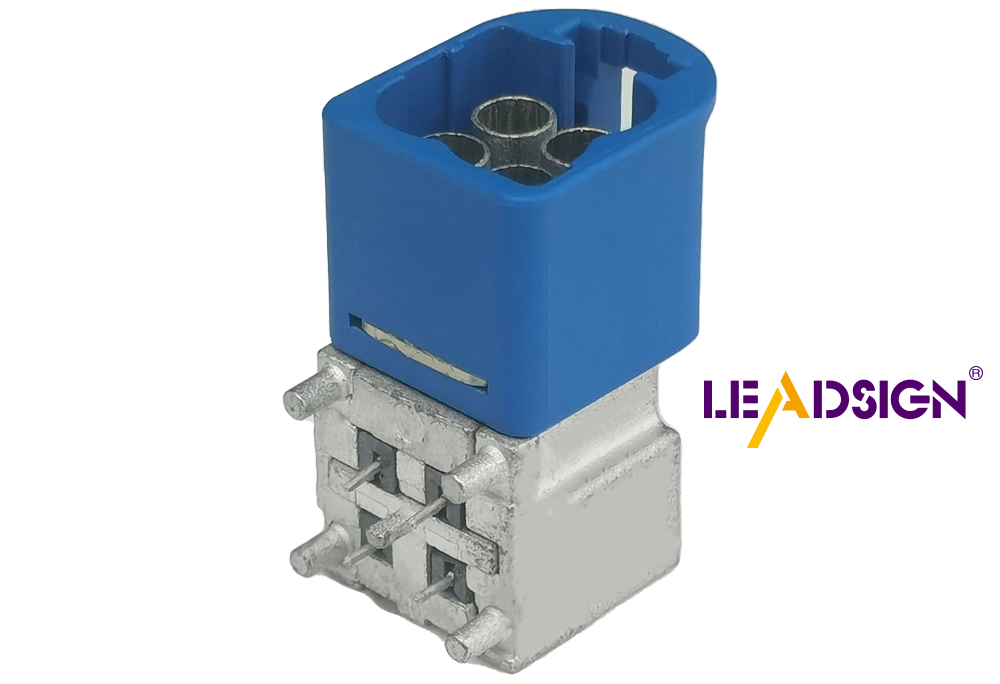Understanding Automotive Wiring Connector Types

Automotive electrical connectors types are crucial for your car's electrical system. They facilitate communication and power sharing among components. Without the right connectors, your car's performance may be compromised, leading to issues with lights, sensors, or the engine. Understanding the various automotive electrical connectors types ensures the reliability of your vehicle. These connectors play a vital role in ensuring the proper functioning of each component, enhancing your safety while driving. Familiarizing yourself with these types empowers you to make informed decisions when it comes to repairs and enhancements.
Automotive Electrical Connectors Types

Knowing about different car connectors is important. It helps keep your car's electrical system working well. Each connector type has special features and uses, making sure your car runs smoothly.
Blade Connectors
Blade connectors are very common in cars. They have a flat metal piece that fits into a matching slot.
Characteristics and Uses
Blade connectors give a strong connection. You find them where you need to disconnect quickly, like in fuse boxes. They are easy to insert and take out, perfect for places needing regular checks or changes.
Common Manufacturers
Companies like TE Connectivity and Molex make great blade connectors. They focus on making tough designs for cars, lasting long even in tough conditions.
Pin Connectors
Pin connectors, also called pin-and-socket connectors, are popular in car wiring.
Characteristics and Uses
Pin connectors have a pin fitting into a socket for a stable link. They're used in sensor connections where secure links are key. Their design stops accidental disconnections, keeping the electrical system safe.
Common Manufacturers
Amphenol and Delphi lead in making pin connectors. They offer many options to fit car needs, giving reliable high-performance choices.
Butt Connectors
Butt connectors join two wires together for continuous electricity flow.
Characteristics and Uses
These are tube-shaped for simple wire connections. Use them to extend or fix wiring. Their design keeps connections strong, lowering the chance of failure.
Common Manufacturers
3M and Panduit make top-quality butt connectors. They ensure good conductivity and strength, making them dependable for cars.
By learning about these connector types, you can choose wisely when fixing your car's electrical parts. Picking the right connector keeps your car running safely and well.
Characteristics of Good Connectors
When picking car electrical connectors, think about quality. Good connectors keep your car's electric parts working well. Let's look at what makes a connector good.
Material and Strength
Why Material Matters
The stuff a connector is made of is important. Pick connectors that don't rust and can handle heat. Common materials are copper, brass, and aluminum. Copper carries electricity well. Brass lasts long. Aluminum is light, which helps when weight is important.
Thinking About Strength
Strong connectors last long and work in tough places. They should handle shaking, wetness, and heat changes. A good crimp joint can be stronger than the wire itself. This keeps the connection safe even in hard conditions. Choose strong connectors to avoid changing them often.
Carrying Electricity Well
What Affects Electricity Flow
How well electricity moves through a connector matters too. Think about how pure the material is and how big the contact area is. Dirty materials can make electricity flow worse, wasting power. Bigger contact areas help electricity move better with less resistance.
Checking Electricity Flow
Testing checks if connectors let electricity flow right. Use tools like multimeters to check resistance and see how they work. Regular tests find problems before they mess up your car's electric system. Keeping good electricity flow means your car's parts stay reliable.
Installation Techniques and Best Practices

Installing automotive electrical connectors right is key. It keeps your car's electric system working well. Follow best ways to keep connections strong.
Proper Crimping Techniques
Crimping joins wires in cars. It's strong if done right.
Tools Needed
Use the right tools for crimping:
Crimping Tool: Pick a good one for your connector type.
Wire Stripper: This tool takes off wire cover safely.
Heat Shrink Tubing: Protects the connection from weather.
How to Do It
Strip the Wire: Take off 1/4 inch of wire cover.
Insert the Wire: Put bare wire into connector hole.
Crimp the Connector: Use tool to press and hold wire tight.
Check the Crimp: Make sure it's firm and even.
Use Heat Shrink Tubing: Cover with tubing, heat it to fit snugly.
Soldering vs. Crimping
Pick soldering or crimping based on needs. Each has pros and cons.
Pros and Cons
Crimping:
Pros: Strong, handles shaking well, quick to do.
Cons: Needs exact tools and skill.
Soldering:
Pros: Great electricity flow, good for lasting links.
Cons: Takes longer, not as shake-proof as crimping.
"In racing, crimping is better because it's strong against shaking."
When to Choose Which
Choose Crimping: For fast, steady links that face shaking often.
Choose Soldering: For fixed links where shaking isn't an issue.
Knowing these helps pick the right way for different connectors. This keeps your car's electric parts safe and reliable.
Common Problems and Fixes
Knowing common problems with car wiring connectors helps keep your car's electrical system working well. Spotting issues early can stop bigger problems later.
Finding Bad Connectors
Bad connectors can mess up your car's electrical system. Knowing when they fail is important.
Signs of Connector Trouble
You might see some signs if a connector is bad. Flickering lights, power cutting out, or sensors not working right often mean trouble. If your car acts weird, check the connectors first. Loose or rusty connectors can cause these problems.
Tools for Checking
Using the right tools helps find connector troubles correctly. A multimeter is key for checking if electricity flows and resistance levels. It helps find bad connections. Looking at them also helps. Look for wear, rust, or damage on the connectors.
Fixes and Prevention Steps
Once you find a bad connector, know how to fix it and stop future troubles.
How to Fix Connectors
Fixing connectors has easy steps. First, clean any rust using a contact cleaner. If broken, replace with a new one. Use crimping tools for tight connections. Remember, a good crimp joint can be stronger than the wire itself. As Andre from racecar wiring says:
"Did you know solder is NEVER used in racecar wiring? Did you know that a good crimp joint is actually stronger than the base wire?"
This shows why crimping is better than soldering often.
Tips for Keeping Them Good
Regular care keeps your connectors nice. Check them now and then for wear or rust spots. Use grease to protect against wetness and rusting. Make sure all links are tight and safe. By caring for your connectors, you make your car's electrical system more reliable.
Picking the right connector is key for your car's electrical system. Each type has special features to keep your car safe and running well. Knowing these helps you choose wisely when fixing or upgrading.
For good car connections, use quality materials and install them correctly. Don't use solder joints where reliability is crucial; they might break with shaking. Use crimped joints instead; they are stronger and last longer. Regular checks help keep your car's electrical system working well and efficiently.
See Also
Exploring HSD Connectors in the Auto Sector
Significance of Fakra Connectors in Today's Cars
Navigating Ford Fakra Connector Options

